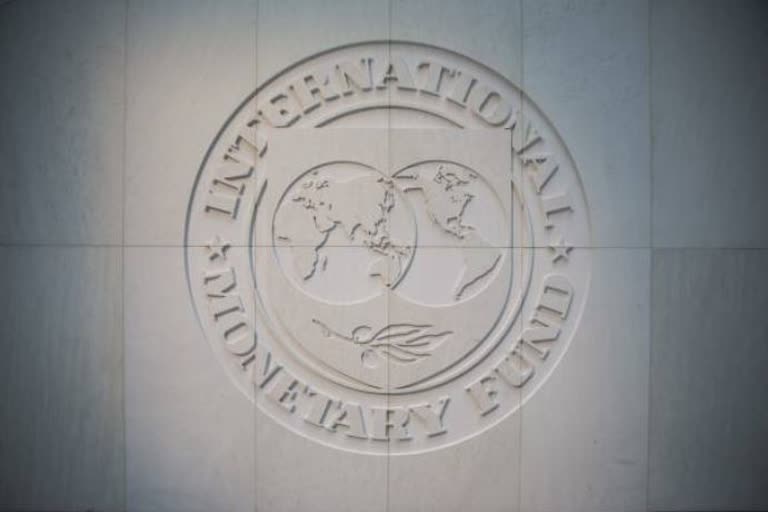Washington (United States): The IMF on Wednesday projected a sharp contraction of 4.5 per cent for the Indian economy in 2020, a "historic low," citing the unprecedented coronavirus pandemic that has nearly stalled all economic activities, but said the country is expected to bounce back in 2021 with a robust six per cent growth rate.
The International Monetary Fund (IMF) projected the global growth at 4.9 per cent in 2020, 1.9 percentage points below the April 2020 World Economic Outlook (WEO) forecast.
Also read: Cyberattacks increase after the pandemic, cases soar in Chennai and Bengaluru: Experts
“We are projecting a sharp contraction in 2020 of -4.5 per cent. Given the unprecedented nature of this crisis, as is the case for almost all countries, this projected contraction is a historic low, Indian-American Gita Gopinath,” IMF's Chief Economist, said as she released the World Economic Outlook Update.
The COVID-19 pandemic has had a more negative impact on activity in the first half of 2020 than anticipated, and the recovery is projected to be more gradual than previously forecast. In 2021, global growth is projected at 5.4 per cent, the report said.
For the first time, all regions are projected to experience negative growth in 2020. In China, where the recovery from the sharp contraction in the first quarter is underway, growth is projected at 1.0 per cent in 2020, supported in part by policy stimulus.
“India's economy is projected to contract by 4.5 per cent following a long period of lockdown and slower recovery than anticipated in April,” the IMF said.
The IMF's record reveals that this is the lowest ever for India since 1961. The IMF does not have the data beyond that year. However, India's economy is expected to bounce back in 2021 with a robust six per cent growth, it said.
In 2019, India's growth rate was 4.2 per cent.
The latest 2020 projection for India is a massive -6.4 per cent less than it's the April forecast of the IMF. The projected growth rate of 6 per cent in 2021 is -1.4 per cent less than its April forecast.
The COVID-19 pandemic pushed economies into a Great Lockdown, which helped contain the virus and save lives, but also triggered the worst recession since the Great Depression, Gopinath said.
Over 75 per cent of countries are now reopening at the same time as the pandemic is intensifying in many emerging markets and developing economies. Several countries have started to recover. However, in the absence of a medical solution, the strength of the recovery is highly uncertain and the impact on sectors and countries uneven, she added.
In a blog post, Gopinath said that this global crisis like no other will have a recovery like no other.
First, the unprecedented global sweep of this crisis hampers recovery prospects for export-dependent economies and jeopardises the prospects for income convergence between developing and advanced economies, she said.
We are projecting a synchronised deep downturn in 2020 for both advanced economies (-8 per cent) and emerging market and developing economies (-3 per cent; -5 per cent if excluding China), and over 95 per cent of countries are projected to have negative per capita income growth in 2020, she added.
The cumulative hit to GDP growth over 202021 for emerging market and developing economies, excluding China, is expected to exceed that in advanced economies, Gopinath said.
In her blog, she noted that a high degree of uncertainty surrounds this forecast, with both upside and downside risks to the outlook.
Also read: Reform trajectory continues: PM on Cabinet decisions
On the upside, better news on vaccines and treatments, and additional policy support can lead to a quicker resumption of economic activity. On the downside, further waves of infections can reverse increased mobility and spending, and rapidly tighten financial conditions, triggering debt distress, she said.
Geopolitical and trade tensions could damage fragile global relationships at a time when the trade is projected to collapse by around 12 per cent, Gopinath said.
(PTI report)



